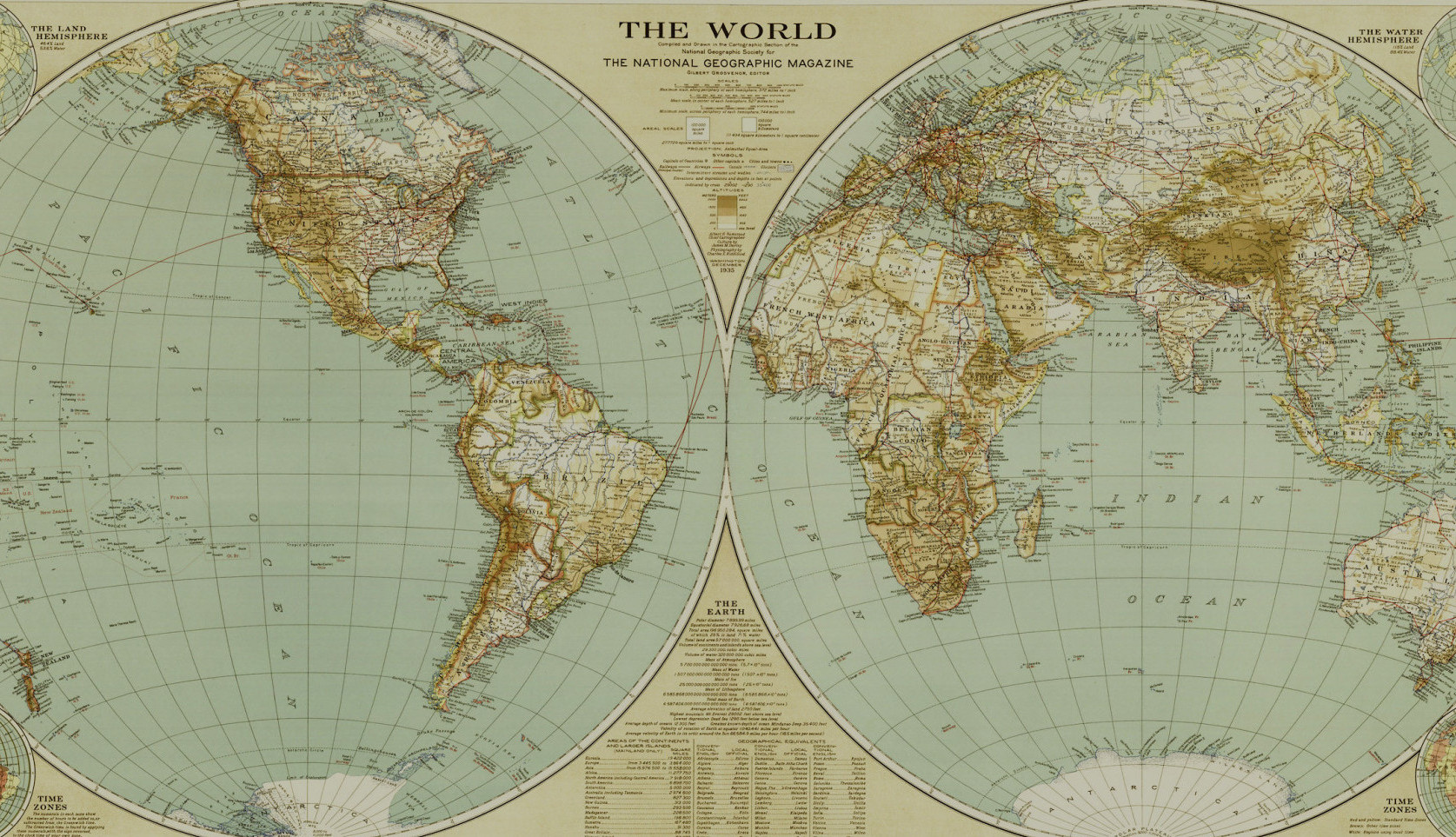My flight from New Zealand arrived smoothly into Hobart, the capital city of Tasmania, but because of the late hour I didn’t see much except the impressive bridge that spans the mouth of the Derwent River. I made up for that the next morning by having a look at the Farm Gate Market and a Chinese New Year Festival taking place near the docks. Next I picked up some provisions at the local Woolworths and headed north to my destination: the town of New Norfolk in the Derwent Valley.
Most of my time in Tasmania was spent in the town of New Norfolk participating in the Flinder’s University Historic Archaeology field school. It is an interesting small town dominated by the institution we were investigating, Willow Court, which acted as the main mental health facility in Tasmania from 1829-2000. New Norfolk’s position along the banks of the Derwent River is beautiful and I rarely missed an opportunity to take a morning or evening photo of the gum trees dotting the foothills surrounding our accommodation.
It was prime stone-fruit season in Tasmania and I took full advantage! There were a few fruit trees growing beside our kitchen and I often went foraging in the morning for peaches and blackberries to go with my porridge. The possums also really enjoy peaches so I was always careful to watch my step around the base of the trees….
I only had two weeks in Tasmania so I was very keen to see as much of the state and its wildlife as possible. One of my colleagues offered to drive a few of us to Seven Mile Beach after work one evening and we piled in the car. Not only was the beach stunning but a flock of rare Yellow-Tailed Black Cockatoos were roosting! I think my little camera did a good job of capturing them considering how tall the gum trees were.
The first day after the fieldschool I rounded up a few of my fellow archaeologists to explore Mount Field National Park to the north of New Norfolk. It was wonderful to hike through the park and see the native flora of Tasmania in all its glory. Along the Tall Trees Track we saw giant swamp gums and adorable Pademelons jumping through the underbrush. Much higher up the mount at the Dobson Lake trail we went looking for the elusive platypus (no luck…) and saw the rare and beautiful snow gum tree.
Next I headed to the far south of Tasmania to explore the fascinating Port Arthur Historic site. The convict era history of Tasmania is really enthralling and I was lucky enough to be shown around by Port Arthur’s Heritage Program Manager, Dr. Jody Steele. This and the Cascades Female Factory in Hobart are two essential sites to visit in Tasmania if you are at all interested in its convict era. I only scratched the surface of Port Arthur during my visit because there are just so many aspects to its story. Although the many convicts that passed through its doors dominate the narrative, it was also a community of free people who were trying to make a life for themselves in a new world.
As part of my Tasmania experience I hoped to see a Tasmanian Devil and this was achieved at the Bonorong Wildlife Sanctuary north of Hobart. This is a wonderful place to visit where you can see many native animals like the Tawny Frogmouth, Grey Kangaroo and Wombat while also supporting Bonorong’s rehabilitative efforts. My favourite was Randall, an Echidna who had his front right leg amputated after he was attacked by a dog. He can no longer dig properly and therefore can’t live in the wild. This doesn’t seem to have slowed him down, because he was back and forth across his enclosure while I was there and even stuck his nose through the fence at us to investigate!
Another ‘must do’ was the summit of Mount Wellington. The views over Hobart and its hinterland were breathtaking even if the drive up and down had me biting my nails. If I’d had more time I could have hiked one of the many trails around the summit or up the mountain from its base. Or, if an adrenaline rush is more your thing, you can rent a mountain bike and cycle down from the top.
The one thing left for me to do in Tasmania was to visit a museum and the Tasmanian Museum and Art Gallery in Hobart did not disappoint. I had not had any opportunity to investigate the Aboriginal culture of Tasmania and the way it was affected by the convict era so I was delighted to explore the exhibit devoted to this. Before visiting this exhibit I knew that the Tasmanian Aboriginies had suffered after the arrival of Europeans but the extent of the oppression is actually staggering. However, thanks to the work of those who descended from the once extensive tribes the culture is being revived today.
Tasmania is not always the part of Australia tourists aim for when they are planning a trip, but I would highly recommend it. There is much more to do than I have mentioned here! Tasmania is a foodie haven and wineries, distilleries and breweries dot the landscape. If you are thinking about a visit have a look at a few of these websites:
Discover Tasmania: Official Travel Website
Mt Field National Park – Parks and Wildlife Service, Tasmania
